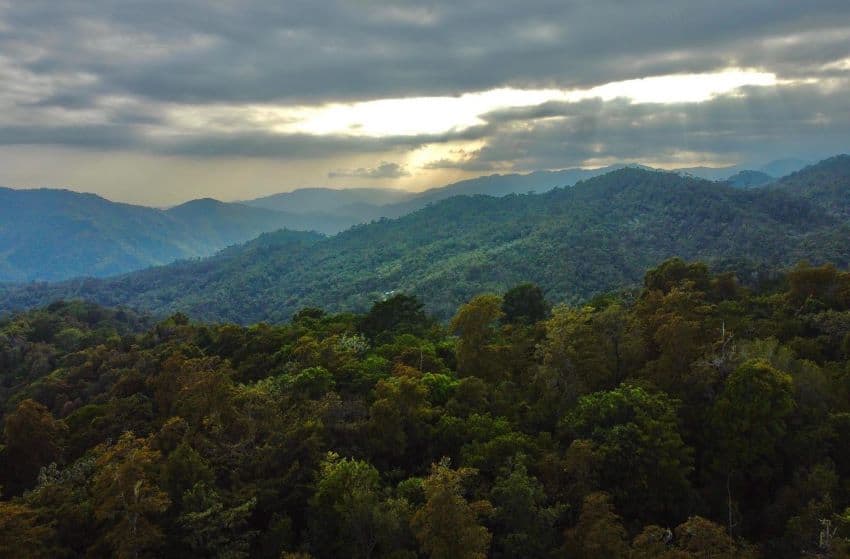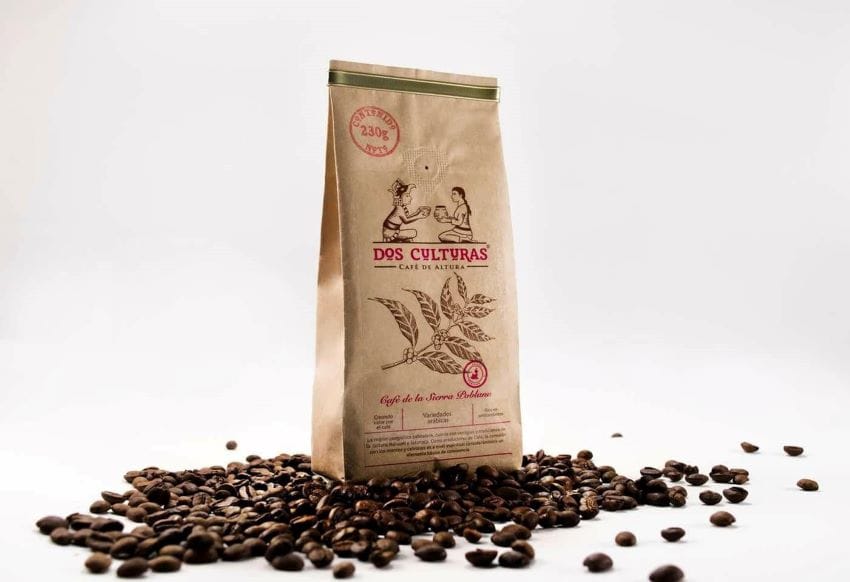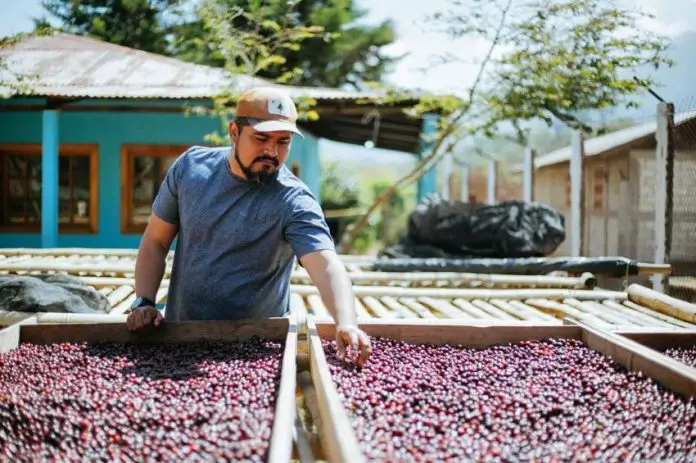If there’s one thing on which a shockingly high percentage of us can agree it’s that the day doesn’t properly begin until the first cup of coffee has been poured. In the U.S. a whopping 73% of the country’s residents quaff the stuff daily, and Mexicans evince a similar enthusiasm, with the majority of the population (55%) cited as everyday coffee drinkers.
The difference is that the U.S. grows coffee in limited quantities and only in Hawaii. Mexico is one of the world’s largest producers, typically among the top 10 globally, and is renowned for the quality of its beans. Most of its exports are earmarked for its neighbors to the north, the U.S. and Canada. Starbucks, for example, relies on Latin American sources for most of its coffee, including countries like Mexico, Brazil, Colombia, and Costa Rica.

As to the quality, one need only look to the nation’s coveted denomination of origin program to see the esteem with which top-growing regions are viewed. Mexico has given special status to 18 protected products, which include liquors like tequila, mezcal, charanda, raicilla, and sotol; and beloved foods and flavor enhancers like the “Ataulfo” variety of mangoes, vanilla from Papantla, and Yucatán’s chile de habanero. Premium coffees are singled out, too, but only from select areas: Veracruz, Chiapas, and “Pluma,” a coffee variety grown in 30 municipalities in Oaxaca.
Mexico’s three great coffee-growing regions
Veracruz, Chiapas, and Oaxaca are the states most associated with coffee growing in Mexico, not just because of their protected status, but because they produce about 80% of the country’s annual output. Other states deserve mention, however, particularly Puebla, whose coffees have fared well in recent blind-tasting tests for the Cup of Excellence ratings (more on this later). Coffee is also grown in lesser quantities in Colima, Estado de México, Guerrero, Hidalgo, Jalisco, Morelos, Nayarit, Querétaro, San Luis Potosí, and Tabasco.
Because of their unique growing conditions, each state produces coffees with a specialized flavor profile. But there are also some commonalities. México is no longer a country with large coffee plantations. Small farms, called fincas, are now the rule rather than the exception, with 95% of growers cultivating less than 3 hectares of land (about 7.5 acres). Also notable is that Mexico’s coffee producers are overwhelmingly from Indigenous populations (85% of all growers, representing 30 groups). These small farmers often band together in cooperatives to sell their coffee, much of which is shade-grown under organic conditions at altitudes between 1,000 and 1,300 meters above sea level.
Their coffees, particularly when labeled as “cafe de altura” (high-grown) are synonymous with quality since the cooler temperatures associated with higher altitudes allow the the coffees to develop at a slower rate, adding complexity and more potent flavors.

Veracruz
This is the oldest coffee-growing region in México, with a history that dates back to 1795. Despite this tradition, it’s also the most forward-thinking regarding new technologies. Coffees high-grown in fertile volcanic soil from 1100 to 1600 meters above sea level in Veracruz’s tropical humidity emerge bold yet aromatic, with a sophisticated flavor palette. Coatepec is the source of some of the best of these “altura” coffees, sought-after for its Arabica beans’ sweet flavor and balanced acidity.
Chiapas
Chiapas has the most coffee-growing acreage in México, producing about 41% of the national total. Volcanic soils and altitudes between 1,300 and 1,700 meters are defining features and contribute to the region’s distinctively rich and nutty flavor profile. Chiapas Turquesa, a popular sub-variety, is notable for its bigger-than-average beans and buttery smooth drinkability. It’s associated with San Cristóbal de las Casas and Yajalón, which along with Ángel Albino Corzo (source of Jaltenango blends), Bochil, Comitán, Copainalá, Motozintla, Ocosingo, Ocozocoautla, Palenque, Pichucalco, and Tapachula comprise Chiapas’ denomination of origin coffee production zone.
Oaxaca
Pluma Hidalgo may be the most famous coffee bean in Mexico. An evolution of a 19th-century form of Typica, a mother strain of Arabica, the Oaxacan specialty developed through long use in the Sierra Madre de Sur mountains surrounding the small town from which it takes its name. Local growers still favor a traditional approach for their plants, which flourish between 900 and 1,650 meters above sea level in shaded cloud forests. The resulting coffees are unmistakable — medium-bodied with a sweet flavor, floral notes, and a hint of citrusy zest.
Where to buy the best Mexican coffee
One of the best ways to support Mexican coffee growers is by buying directly from their cooperatives. Boicafé, for example, an organic cooperative representing more than 1,000 families in Chiapas, sells coffee via monthly subscriptions on My Coffee Box. CESMACH, another respected Chiapas cooperative, promotes its roasted, by-the-bag treasures on its website. The SICOBI cooperative in Oaxaca, rather than selling coffee directly, invites interested parties on Copalita Trail hiking journeys that visit agrarian Zapotec communities to see how coffee and crops like corn, tomatoes, and avocados are farmed.

Another option is to visit your favorite local Mexican coffee shop and ask where they source their beans. My local, Cabo Coffee Company, gets their Pluma Hidalgo beans from the Sierra Madre mountains in Oaxaca. They also sell this excellent coffee by the bag and even ship to the U.S. Major grocery store chains like Chedraui, La Comer, and Soriana are also good places to find premium Mexican coffee, including regional blends or single-origin expressions from respected domestic brands.
Want to seek out the best of the best? The Alliance for Coffee Excellence’s “Cup of Excellence” ratings are for specialty coffee what Robert Parker’s ratings are for wine. Graded on a 100-point system, México saw several coffees score above 90 based on the 2024 jury results, including offerings from farms and cooperatives in Chiapas, Puebla, Oaxaca, and Veracruz.
Chris Sands is the Cabo San Lucas local expert for the USA Today travel website 10 Best, writer of Fodor’s Los Cabos travel guidebook, and a contributor to numerous websites and publications, including Tasting Table, Marriott Bonvoy Traveler, Forbes Travel Guide, Porthole Cruise, Cabo Living and Mexico News Daily. His specialty is travel-related content and lifestyle features focused on food, wine and golf.
